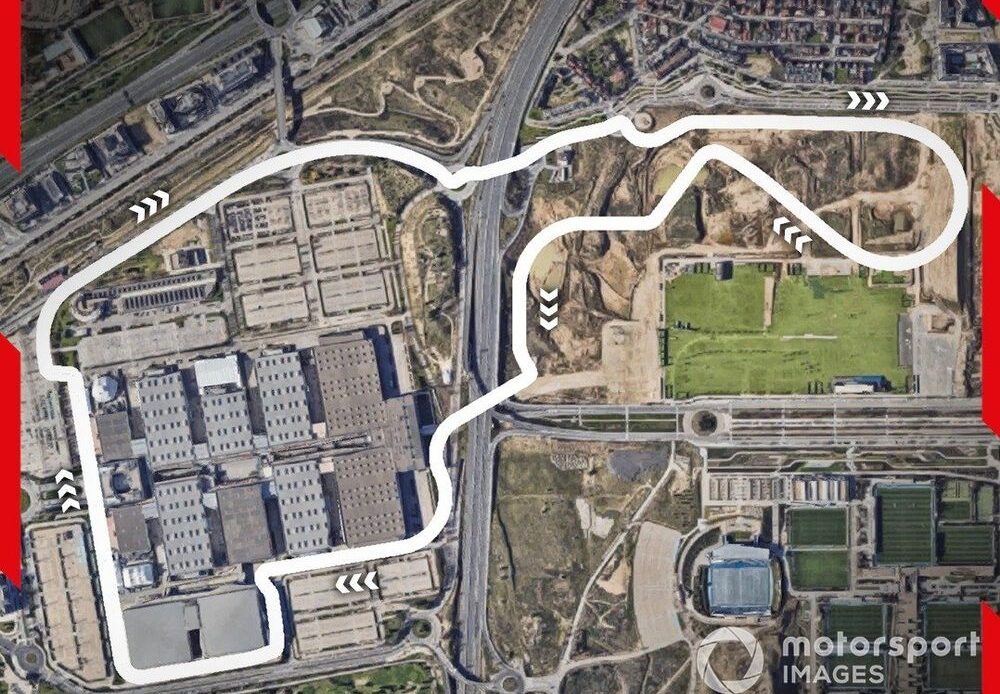F1 announced this week (23 January) that Madrid will host the Spanish GP from 2026, but why is the move happening and has the series visited Spain’s capital before?
These are all questions that have been raised since the news, plus many more like what is the circuit like, and does it mean the future of Barcelona – the current Spanish GP venue – is in doubt?
The move is part of a long-term contract for Madrid which expires in 2035 and the plan is to race on a hybrid 3.4-mile circuit featuring street and non-street sections, subject to FIA approval.
It has sparked controversy from the F1 community because Madrid adds to the list of non-permanent tracks that have joined the calendar in recent years like Jeddah, Miami and Las Vegas.
This means in 2026 there will likely be at least nine non-permanent circuits in an F1 season, which would be almost a third of races if the calendar stays at 24 rounds.
That is a large increase from 10 years ago when there were just four temporary circuits – Australia, Monaco, Canada and Singapore – on the 2014 calendar, suggesting that urban tracks are something Liberty Media, the owners of F1, are pushing further towards.
Where in Madrid is the F1 circuit located?
The 2026 Spanish GP will be held in the area of Campo de las Naciones, which is within Madrid’s municipality but around 18.6 miles north-east of the city centre.
madrid-cropped
Its circuit will be built on the fairgrounds by IFEMA Madrid’s convention centre, which already hosts various exhibitions and events from music concerts to theatre shows, while Real Madrid CF’s training complex is also nearby.
Meanwhile, Madrid’s airport is also local to IFEMA, so think of it like the London E-Prix which happens on the grounds of the ExCel International Exhibition and Convention Centre just three miles east of Canary Wharf and a mile walk from London City Airport.
Madrid F1 circuit track guide
Madrid’s circuit will be a hybrid 3.4-mile track, subject to FIA approval, where its 20 corners – all of differing speeds – contribute to a predicted lap time of 1m32s. It will feature both street sections running through the IFEMA exhibition building area and non-street parts that are yet to be built on the land adjacent, where the two bits will be connected by a pair of tunnels drawing comparisons to Miami.
The lap starts with a short run to the chicane of Turns 1 and 2 before a fast Turn 3 bend…
Click Here to Read the Full Original Article at Autosport.com – Formula 1 – Stories…

